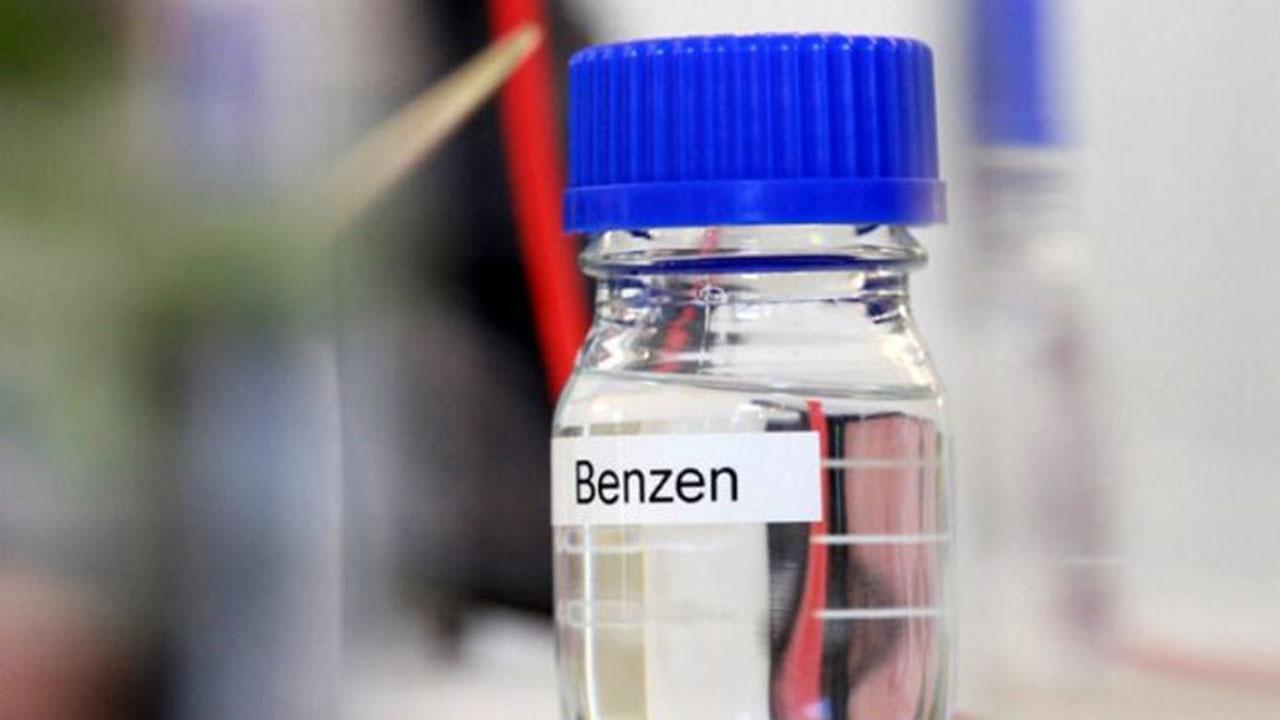Chemical Structures and Properties
Benzene, toluene, and xylene (BTX) are aromatic hydrocarbon compounds that are important industrial chemicals. Benzene is a clear, colorless liquid with a sweet odor. It is composed of six carbon atoms in a ring structure with one hydrogen atom attached to each carbon. Benzene's chemical formula is C6H6.
Toluene is a clear, water-insoluble liquid with a distinct smell. It is made up of a benzene ring with a methyl group attached to one of the carbons. Toluene's chemical formula is C7H8.
Xylenes are clear, flammable liquids that evaporate readily. There are three structural isomers of xylene - ortho-xylene, meta-xylene, and para-xylene. Their chemical formulas are C8H10. Ortho-xylene and meta-xylene are liquids while para-xylene is a solid.
All three benzene, toluene, and xylene compounds are nonpolar and highly flammable. They have low boiling points and vapor pressures, allowing them to readily volatilize into the air. Benzene has a boiling point of 80.1°C, toluene of 110.6°C, and the three xylene isomers have boiling points between 136-144°C.
Natural Occurrence and Production
Small amounts of benzene and toluene are naturally produced and released into the environment from volcanic eruptions and forest fires. However, most BTX found in the environment results from human activities.
Benzene is produced during fossil fuel processing and as a byproduct of coke production and petroleum refining. It is also manufactured from ethylene in large volumes for various industrial uses. Toluene is produced during petroleum refining processes and also synthesized from benzene. Xylenes are primarily produced through the catalytic reforming of petroleum naphtha streams.
Major Industrial Uses
The major industrial uses of Benzene, Toluene, And Xylene rely on their chemical properties as precursors for many compounds and products. Benzene is used as a starting material to make plastics, resins, nylon, synthetic fibers, rubber latex, some lubricants, dyes, detergents, drugs, and pesticides. Benzene is also used as a solvent and in gasoline.
Toluene is utilized in producing benzene, as well as to make toluene diisocyanate, which is used to manufacture polyurethane foam for mattresses and cushions. Toluene is also employed as an industrial solvent and octane booster in gasoline.
Para-xylene is primarily employed to manufacture terephthalic acid, which is further processed to produce polyethylene terephthalate (PET), a plastic used to make bottles and packaging materials. Ortho-xylene is used to synthesize phthalic anhydride, which has applications in plasticizers, dyes, and pharmaceuticals. Meta-xylene finds uses as a solvent and in producing resins.
Human and Environmental Exposure Risks
While industrial uses of benzene, toluene, and xylene create economic benefits, they also present human health and environmental hazards. Exposure to benzene can occur through inhalation of contaminated air or ingestion of contaminated water and is a established human carcinogen. Short-term (acute) exposure to high levels of benzene in humans results in effects like drowsiness, dizziness, and headaches. Long-term (chronic) exposure is linked to cancers like leukemia. Benzene is readily absorbed via the lungs.
Toluene is mainly harmful when inhaled at high concentrations and connected to impacts such as fatigue, confusion, and sleepiness. Chronic toluene exposure may cause effects on the central nervous system and kidneys. The major routes of human toluene exposure are inhalation in indoor air from products and dermal absorption. Toluene evaporates readily and enters groundwater and drinking water through spills or landfill runoff.
Xylenes are less toxic than benzene and toluene but still present human health threats. Acute and chronic xylene inhalation exposure is tied to irritation of the skin, eyes, nose, and throat as well as possible effects on the central nervous system and liver. Xylenes contaminate air, water, and soil like the other two BTX compounds.
Due to their volatility and extensive industrial usage, all three BTX hydrocarbons can pollute air, water, and soil environments. Releases to the atmosphere lead to ground-level ozone formation, contributing to smog and air pollution problems. Soil and water contamination may occur from spills, dumping of industrial wastes, or leaching from landfills. The carcinogenic nature of benzene poses special long-term environmental health risks as well. Strict regulations aim to curb BTX pollution from production and usage.
In summary, benzene, toluene, and xylenes are aromatic organic chemicals that are crucial for manufacturing numerous materials and products but also carry risks to human health and the environment. Their widespread industrial applications lead to occupational and surrounding community exposure primarily through air and water routes. While the exact toxicity mechanisms differ between the three compounds, all demonstrate adverse impacts with evidence of carcinogenicity for benzene. Careful handling and control practices coupled with regulatory standards seek to minimize benzene, toluene, and xylene pollution from various sources. Further research continues towards fostering safer alternative production methods and applications when possible.
Get more insights on Benzene, Toluene and Xylene
About Author:
Money Singh is a seasoned content writer with over four years of experience in the market research sector. Her expertise spans various industries, including food and beverages, biotechnology, chemical and materials, defense and aerospace, consumer goods, etc.
(https://www.linkedin.com/in/money-singh-590844163)



